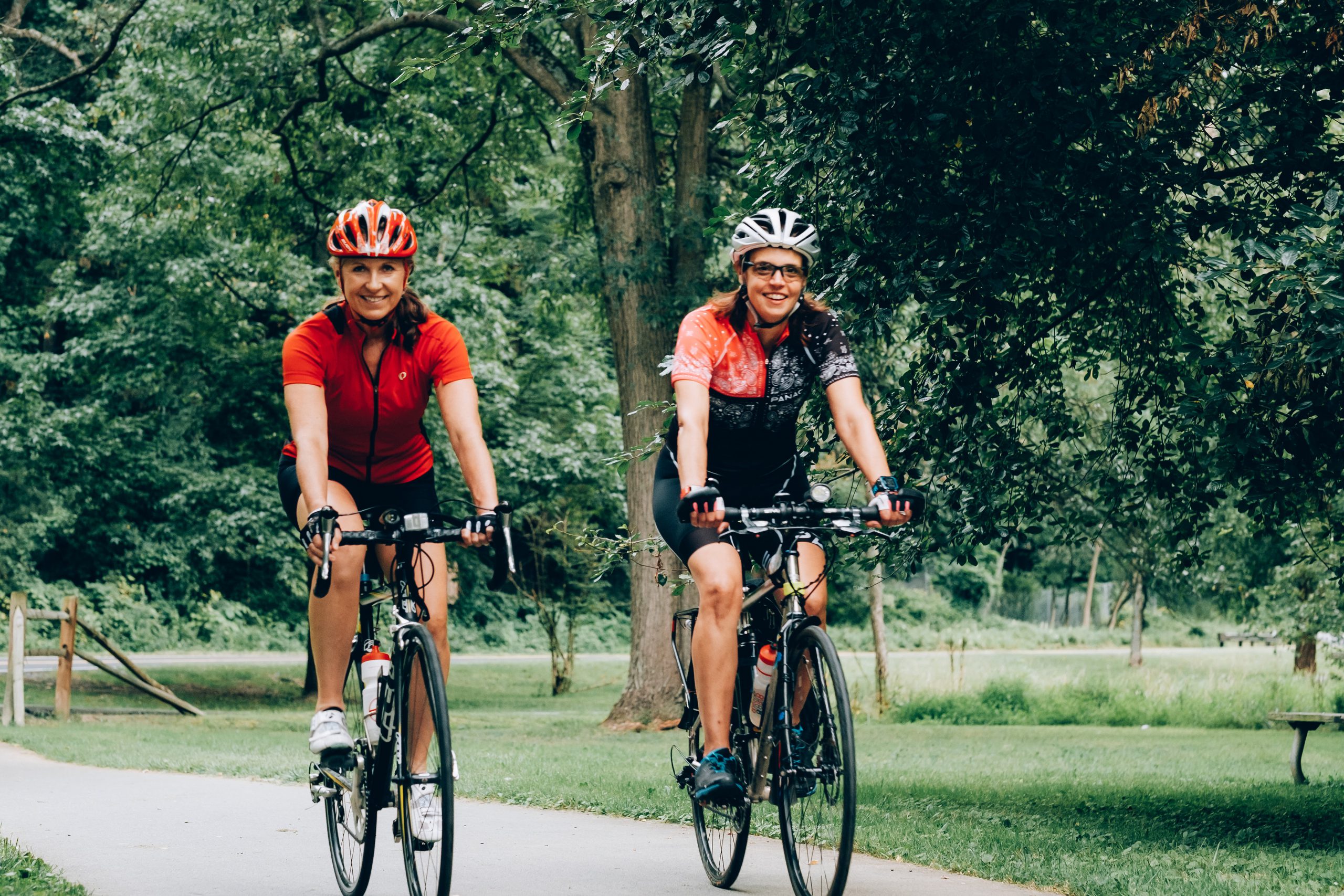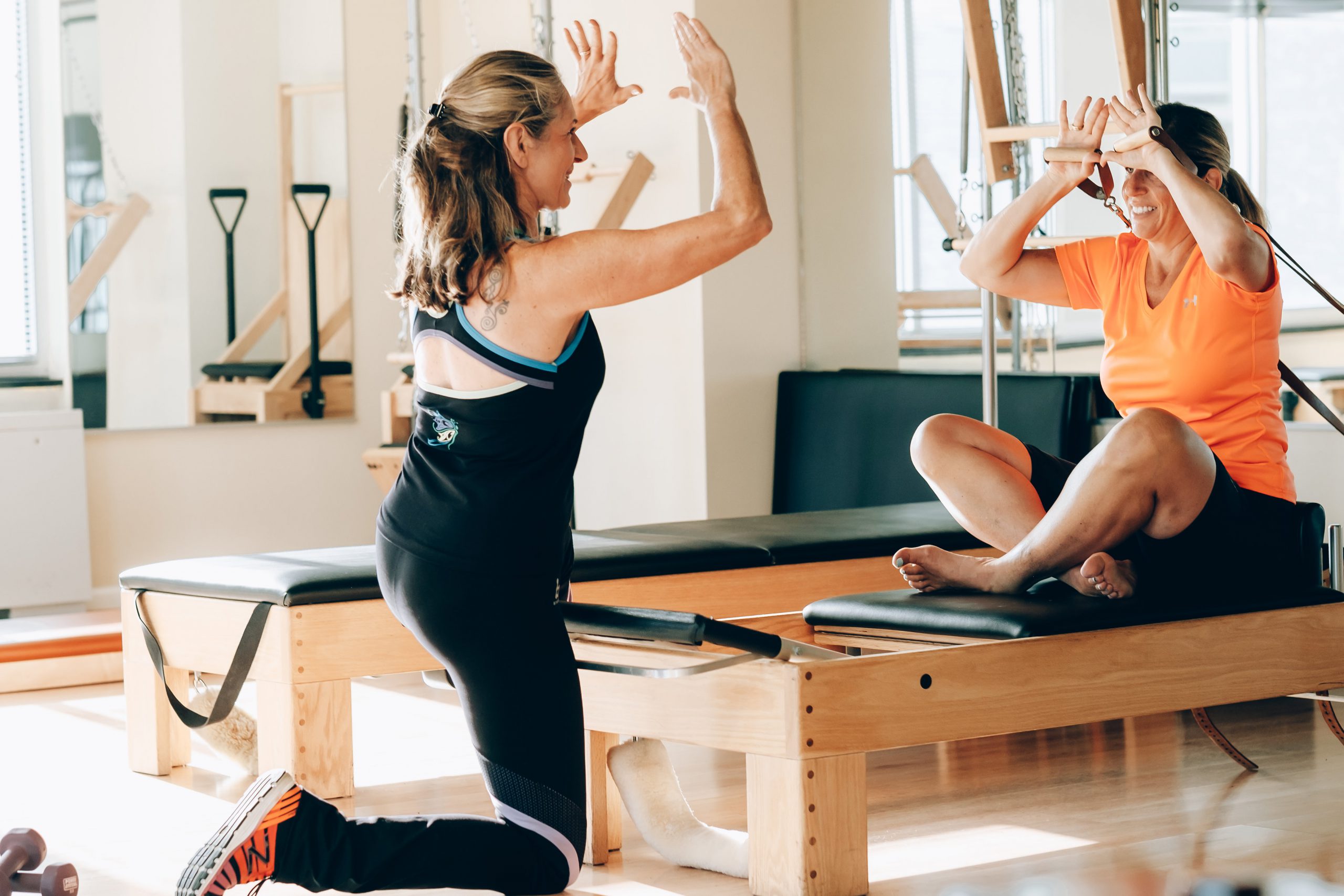You are ready to exercise, lose belly fat, tone your booty, and get in shape. What does getting in shape look like? The fitness magazines you read promise you the results you want. There are pictures and descriptions to follow a pre-designed routine. This seems easy enough; what can go wrong? Read the story, follow the images, and do what the model in the magazine shows you.
Already intimidated, you think: “The model in the magazine looks so good – I can’t have that body.” The picture in the magazine article showed you a young, fit woman demonstrating exercises. She seems to have a good time, too, because she smiles.

There is so much confusion about what to do to get in shape.
Is it better to do HIIT (High-Intensity Interval Training), and what does that even mean? Should you go the Yoga or Pilates route if you want to tone? What about toning your triceps? “The what??” you say. “I have no idea where they are or what they do!”
Don’t believe everything you see in magazines! Magazines are here to entice you to buy stuff and spark your imagination. They don’t deliver the confidence you need to get started and see desired results.
What does getting in shape look like?
It depends on your goals! Do you want to lose weight, tone your body, build muscles, get a perky butt, a tighter belly, or run a marathon? If you don’t know what you want, make a list. YES, I am a big list-maker. Once you see the items on your list, you may scratch your head, wondering how you can accomplish all of this. You often want everything on that list but achieve a few with confidence.
Yep, there is our friend, the overwhelm, and once overwhelm sets in, you usually give up and don’t even get started.
How do you know if the exercise is right for you? The truth is that everybody is different and needs a specific approach to see results.
Don’t pull the plug right away. See what is and what isn’t working and go from there. Don’t say, “I can’t do it. I don’t know how.” Instead, ask yourself, “What do you have that is good about your actions? What are you enjoying in the process that you’re in?”
Start with my three simple and doable steps to immediately gain confidence in fitness.
3 Tips To Gain Immediate Confidence in Fitness
1. Do more of what you are already doing well

Ask yourself, what is the exercise you love doing most? Often I hear, “I just walk.” Well, guess what? That is exercise, and there is nothing wrong with it! You love it and will keep doing it because it makes you happy. Spending time outside running, biking, and hiking makes me happy, and I reap the benefits of staying in shape. Now do the same for yourself! You may walk further or on hilly terrain to get in better shape. This is a great example of what confidence might look like.
2. Learn something new

Want to try something you have never done before? Hire a qualified trainer to teach you the basics to get started. Competence builds confidence, and with the right action plan, you can learn the basic principles to get you started. Remember that a step-by-step plan with small measurable steps is the way to go. Try out different fitness programs to see which resonates most with you, and don’t forget that NOBODY is asking you to get it right the first time.
3. Set achievable goals

At the beginning of this post, I listed ALL the goals you might have. Don’t you feel overwhelmed and confused about where even to start? I sure would. Your list of fitness goals gets longer and longer, but in the end, you get little to nothing accomplished. Stop the cycle of confusion in fitness and set achievable goals. Yes, it’s going to take a while to see results. No, it will not be a quick fix with overnight success. However, setting achievable goals will lead to a sustainable health change, and the results will speak for themselves.
Why Does It Take Time To Build Confidence In Fitness
Building confidence with a fitness routine, particularly for women over 50, can be a gradual process for several reasons:
1. Physical Changes: Women over 50 undergo various physical changes due to aging and menopause, such as reduced muscle mass, decreased bone density, and changes in body composition. These changes can affect strength, balance, and stamina, making new fitness routines more challenging.
2. Health Concerns: Health concerns or conditions, such as arthritis, osteoporosis, or heart disease, can limit the types and intensity of exercises. Adapting to these limitations and finding suitable workouts can take time, patience, and professional guidance.
3. Fear of Injury: Fear of injury can impact confidence. As we age, the body takes longer to heal, and the risk of injury can increase. This fear might make women over 50 more cautious in their fitness routine, which can delay confidence-building.
4. Previous Inactivity: Starting a fitness routine can be daunting if a woman has not been regularly active before turning 50. It takes time to build physical stamina, learn exercises correctly, and understand one’s body’s response to different types of workouts.
5. Mental Barriers: Confidence is not just about physical ability; it’s also a mental state. Overcoming self-doubt, body image concerns, or feeling too old to start a new fitness routine can take time and mental strength.
6. Unrealistic Expectations: Society often sets unrealistic fitness expectations based on younger bodies. Comparing oneself to these can hinder confidence. It’s important to remember that progress and health are more valuable than meeting such unrealistic standards.
Over time, with regular practice and a focus on personal progress rather than comparison, confidence in a fitness routine will naturally grow. It can be beneficial to work with fitness professionals who understand the unique needs of women over 50 to ensure the routine is safe, effective, and confidence-inspiring.
